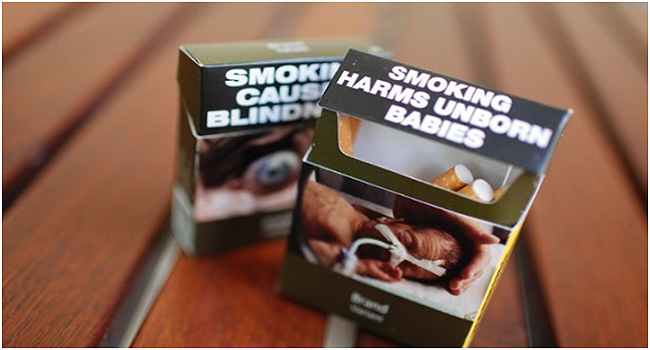We have just got past the World No Tobacco Day on May 31. Every year, the global community celebrates the day with much fanfare. This annual celebration is aimed at making people aware of the many dangers of using tobacco. Conceived by the World Health Organization (WHO) in 1987, the event has evolved into a powerful vehicle of communication for this global agency. WHO leverages the platform to publicize its tobacco control programs, and what are being done to combat the epidemic. The yearly celebration also brings to light the business practices of well-known tobacco brands. Special functions and activities are organized to draw public attention to whatever common people can do to assert their right to a smoke-free environment and protect future generations. Although WHO takes the major initiative in organizing events all around the world, local NGO s and common people, too, become a part of the celebration. The governments in many countries provide active support for these initiatives. Let’s take a look at what the world did this year to celebrate this all-important day.
This year, the UN took up an agenda to push for plain packaging for all types of tobacco products. Accordingly, it has appealed to the governments around the world to introduce standardized tobacco packets in their countries. Plain packaging prohibits the use of logos, distinctive color schemes, or promotional information on packaging. It allows only for the use of standard color and font styles to display the product name. The scheme is aimed at reducing the visual appeal of these harmful products. According to the UN, the visually dull packages can go a long way to cut down the demands for tobacco products, especially among youngsters.
Plain Packaging Is Gaining Grounds all over the World
Plain packaging was first implemented in the land of the kangaroos. France, the United Kingdom and Ireland, too, followed Australia’s example. Each of these three countries began the implementation of plain packaging from 20 May 2016. The British apex court recently turned down the petition of four tobacco companies that argued that the plain packaging drive violates their intellectual property rights, and would make their packages indistinguishable. However, the British court turned down their pleas on a moral ground and ruled that, as of May, all tobacco products must be sold in a uniform olive green packaging.
The story isn’t very different in India. Despite tremendous pressure from the tobacco lobby, the Supreme Court of India stood its ground while upholding its ruling for larger warning labels.
The European Union too has shown remarkable progress. Recently it won a legal battle against the region’s big tobacco lobby. This has allowed the EU to adopt stricter regulations and make graphic warnings mandatory for cigarette packages across the region. From now on, a pack of cigarettes must have graphic images printed on both sides, covering two-thirds of the total area. Many other countries including Singapore, New Zealand, Chile, Panama, Turkey, the United Arab Emirates, and South Africa are also considering similar measures.
In a recent press meet, Dr. Margaret Chan, WHO’s director-general, revealed that Australia’s plain packaging initiatives have produced dramatic outcome – the country now has about 100,000 fewer smokers than it had when the plan was implemented some 34 months back. The world’s anti-tobacco crusaders are hopeful that the Aussie experience will encourage countries to adopt tobacco control programs focused on plain packaging. “These results are a cause for celebration, but governments must remain vigilant. On this World No Tobacco Day, we are telling the world to get ready for even more comprehensive tobacco control,” a jubilant Chan said in the press conference.

